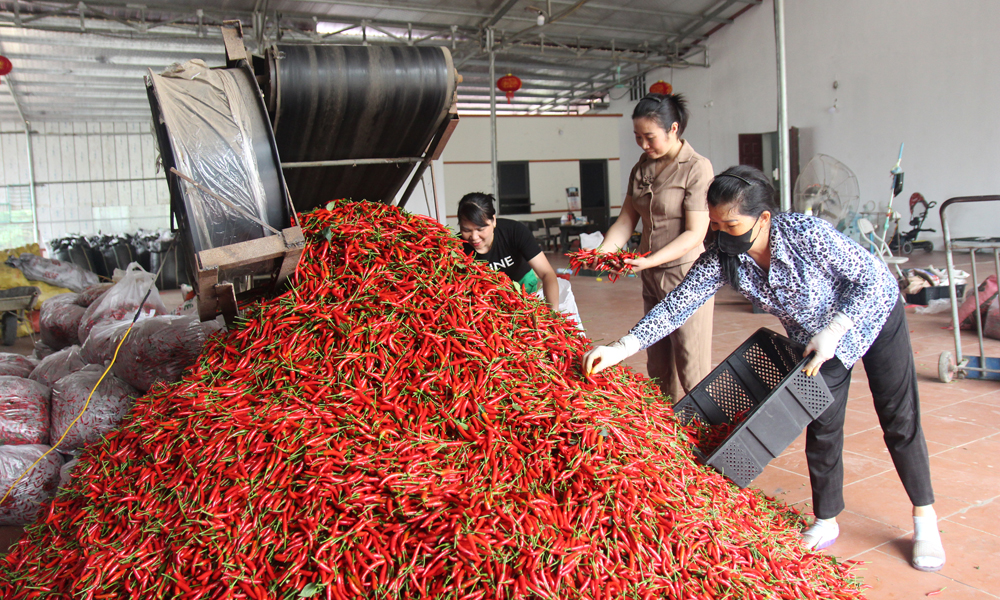Green production critical to sustainable textile, garment export
Textiles and garments brought home 5.2 billion USD in export revenue in January and February, rising 15% from a year earlier and ranking fourth among the biggest foreign currency earners during the period, according to the General Statistics Office.
 |
|
Textile and garment businesses of Vietnam are working to adopt green practices. |
Than Duc Viet, General Director of the Garment 10 Corporation, said that transforming to more green production is a compulsory requirement that manufacturers must satisfy to secure sustainable exports.
He noted his company has been moving to green production over the last three years by replacing old machinery and equipment with modern and less power-consuming ones. The company has also invested in rooftop solar power systems, and connected with foreign partners to use as many recycled and natural-origin materials as possible to meet buyers’ requirements. Input materials produced by burning coal are also being replaced with those created by using biomass power to reduce carbon emissions to the lowest possible level.
When the entire project of Garment 10 become operational in 2024, it will help cut the emission of over 20,000 tonnes of carbon to the environment, Viet added.
A number of major fashion brands worldwide have announced roadmaps for using products made from recycled, natural, and circular materials by 2050. Purchasers, especially big brands and international retail networks, are restructuring their global supply chains to meet sustainability targets.
Prof. Dr. Andreas Stoffers, Country Director of the Friedrich Naumann Foundation for Freedom in Vietnam, said the EU is currently a leading export market of Vietnam’s textile and garment industry. However, to the EU, this industry is among the biggest causes of environmental degradation and climate change, so it is one of the sectors receiving the EU’s green efforts most.
If Vietnamese companies seriously comply with green production standards, they can switch to green practices in a proactive and comprehensive manner. This is a big opportunity for businesses and also the best way for them to access the EU market, where consumer awareness of green products is growing, he said.
Economist Dinh Trong Thinh said more and more businesses have paid attention to production greening and carbon emission reduction, helping boost Vietnamese goods’ access to demanding markets.
However, it is costly and time-consuming to adapt to green standards while most textile and garment producers of Vietnam are small and medium size, he pointed out.
Thinh recommended the Government facilitate green investment and production through more favourable credit policies, noting this is also a step Vietnam should take to achieve the net zero emission target by 2050.
Source: VNA
 Bắc giang
Bắc giang














Reader's comments (0)